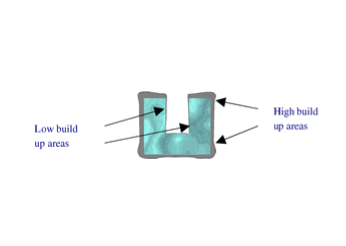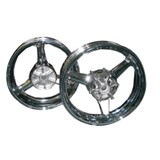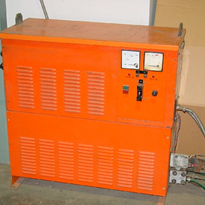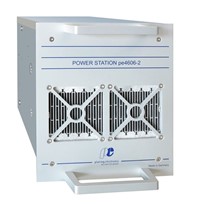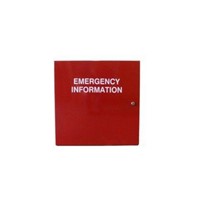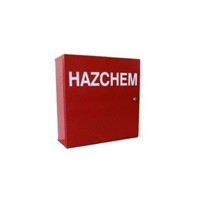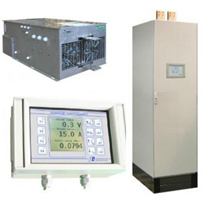Based on the principles of Electrolysis, electroplating involves transfer of metal from an 'anode' to the surface of an item via the application of electric current travelling to the 'cathode' whilst suspended in an 'electrolyte' (a liquid solution of substances which enable the transfer).
Because the process involves the use of electric current the results will reflect the nature by which electricity travels - i.e. to the highest points first. This will always result in slight variations in the amount of anode metal transferred to the various surfaces of an item.
The nature of electroplating therefore demands that some consideration be given to the impact on achieving a desired surface quality from different shapes and designs.
For instance if a high build up is not desired in certain areas, perhaps a rounding of the edge design will enable a better outcome; or, if it is desirable to achieve a good finish in a recessed area, there may be a need to adjust the component design or use an auxiliary anode to improve the 'throw' of current. In any event the design of both the product and the rack or jig plays an important part in the final finish of the product.
A good electroplating adviser will be able to assist you work through these and many other issues like substrate condition, polishing for high lustre plating results, dealing with casting pits, machine oil, swarf, or other pre-cleaning challenges, appropriate finishes for your needs & more.


